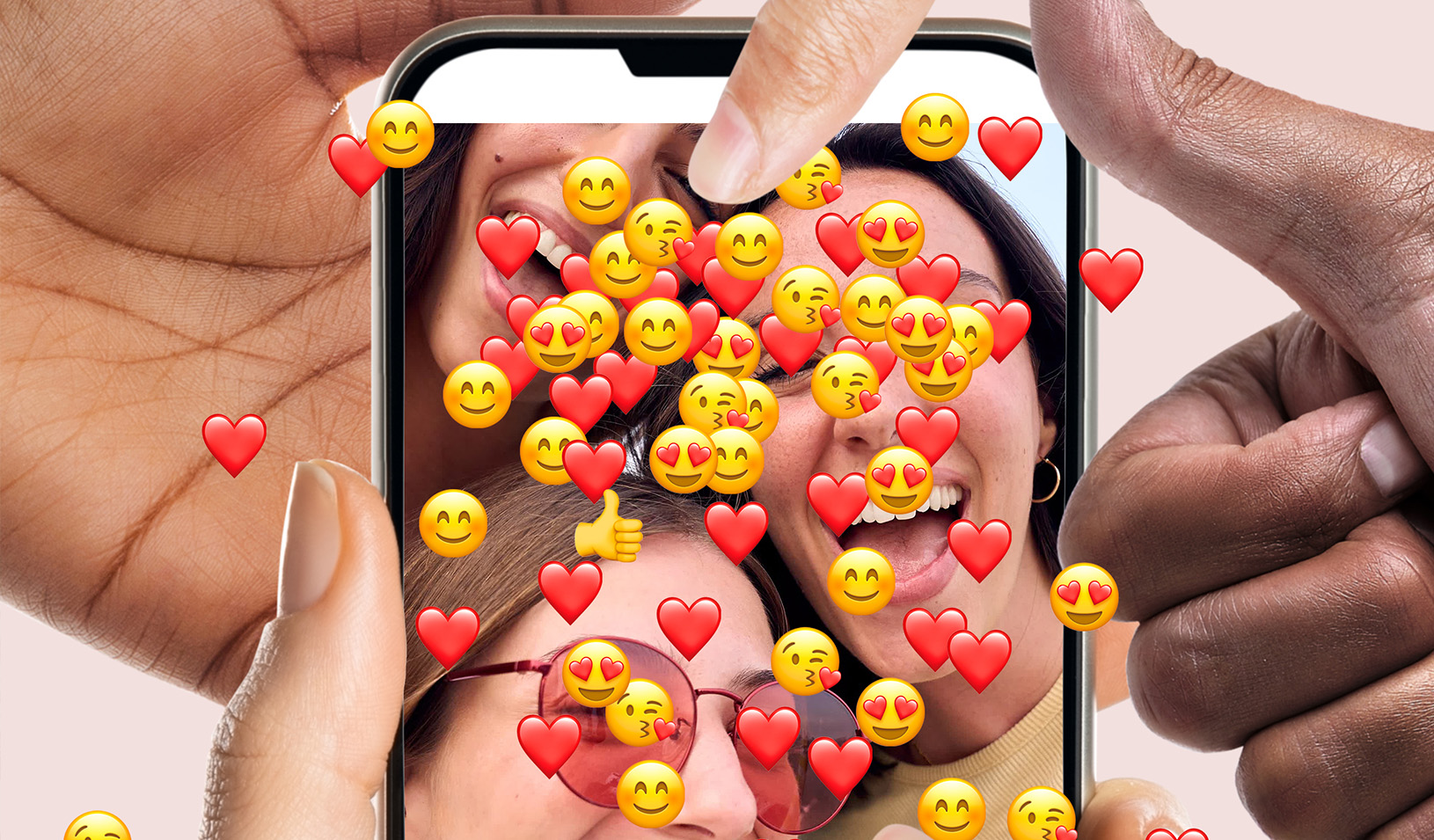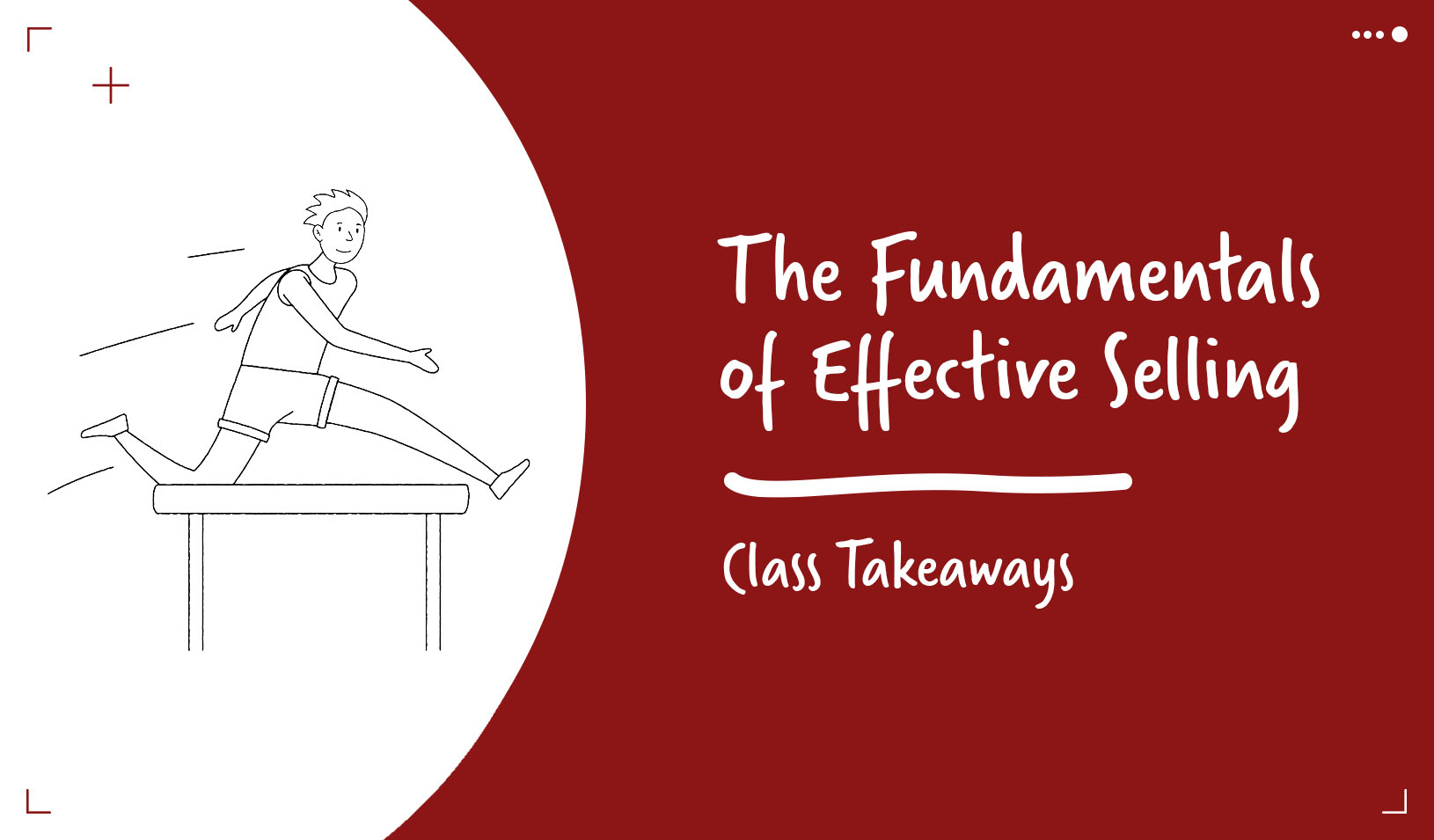
Take away the ability to discuss their favorite shows on social media, and some people won’t even tune in. |
Stefani Billings
Last month, the final episode of Season 6 of Game of Thrones set series-record ratings, with 8.9 million viewers tuning in to see which of the series’ regulars would become the latest victims of its notoriously murderous writing staff. The season finale was also a huge driver of Twitter traffic, with more than 207,000 tweets mentioning the show on the Sunday that it aired, according to the social media metrics firm Brandwatch.
You might suspect these two facts are related. You’d be right. According to a recent paper published by researchers at Stanford, Northwestern, and the Hong Kong University of Science and Technology, social traffic actually has a huge role in driving TV viewership. Social word-of-mouth can account for as much as 20% of the normal fluctuation in a show’s viewership from episode to episode, the researchers found.
But the details of how the effect manifests are actually somewhat counterintuitive, said one of the study’s authors, Stanford Graduate School of Business marketing professor Stephan Seiler, and the findings suggest that social word-of-mouth is actually different from traditional marketing in some key respects.
It’s an important question to answer, Seiler said, because brands have never been more interested in social as a driver of business. Social now accounts for as much as 10% of advertising spend, and it’s expected to reach 20% by 2018. What’s more, 64% of chief marketing officers now think that online word-of-mouth will be the most powerful marketing channel in the future.
They just don’t have a lot of data to back up that belief. The problem, Seiler said, is that the traditional methods for gauging the effectiveness of advertising don’t work for measuring the effects of user-generated content. Most online advertising is assessed using what’s called an A/B test: You run an ad and compare its effectiveness in driving clicks or conversions with a control ad whose effectiveness is already established.
But that doesn’t work with comparing TV viewership and user-generated social content, Seiler said.
“If I compare, say, Game of Thrones with a rerun of Friends, we’ll see Game of Thrones has a lot more word of mouth, a lot more tweets. But it’s going to be unlikely that we can attach the [Friends episode’s] lower viewership to the word of mouth,” he said. “It could be people watch one show more than the other because it’s a high-quality show their friends keep talking about, or it could just be that not a lot of people watch the other one, so not a lot of people talk about it. It’s a correlation, but not a causal effect necessarily. You need to look for some other source of measurement.”
In other words, how do you create a control group for social media’s effects on TV viewership? You can’t exactly shut Twitter down for a few days so you can establish a baseline for how your show does without it.
Except it turns out you can — if you’re the Chinese government.
The China Experiment
In 2012, a vice mayor and police chief of a major Chinese city, Wang Lijun, created a major political scandal when he showed up at the U.S. Consulate seeking asylum and reportedly offering evidence of wrongdoing by another high-ranking official. The most immediate impact of the incident was a social media tsunami of rumors, accusations, and memes critical of the government’s handling of the situation. This was a huge mess for party officials who wanted the incident to quietly disappear.
Hoping to stem the tide, party officials put social media users on a kind of time out. For a period of three days, the government turned off comments on Sina Weibo, a Chinese microblogging site that accounts for 50% to 80% of the domestic market, depending on how you measure. Although brands and users could still make posts, nobody could comment on them, limiting the viral conversation spread that’s the lifeblood of social media. As a result, activity as a whole on Sina Weibo took a significant hit while the block was in effect.
For Chinese dissidents and people who just wanted to post about their favorite shows, it was a major blow. But for Seiler and his colleagues, it was a golden opportunity. Here was the one thing they normally couldn’t observe: TV without social media.
Putting Social to the Test
Seiler, along with colleagues Song Yao of Northwestern University and Wenbo Wang of the Hong Kong University of Science and Technology, examined data on social media mentions and viewership for about 200 shows in 24 mainland cities. To provide a control group, they also examined social media mentions in Hong Kong. Because Sina Weibo has little market penetration in Hong Kong, most social conversation there happens on Twitter, which was unaffected by the comment ban. The researchers looked at the period before, during, and after the block, seeking to better understand through multiple regression analysis how social buzz and viewership are related.
The first thing they established was that the ban did put a serious dent in the number of people talking about television — the average show in the test set lost roughly 6,000 mentions during the affected period. Viewership for these shows also slumped during the ban, returning to normal levels once normal function was returned. Clearly, social had some impact.
But the researchers were surprised by just how significant this impact was. According to their models, increasing social mentions by 100% leads to a corresponding increase in viewership of about 2%, on average. That’s a significant bump, considering viewership tends to fluctuate about 9% episode to episode, on average. So just by modeling social traffic, the researchers could account for as much as 20% of the normal variation in viewership.
Do Shows Need Social?
Even more interesting was what kind of shows were affected. Those shows that normally had the most social buzz saw the sharpest decline in viewership when social media was unavailable. To Seiler, this suggests a divide between social word-of-mouth and more traditional forms of publicity like advertising or earned media mentions.

Stefani Billings
The conventional view of such publicity is that it works primarily by alerting users to the existence of a brand and by priming them emotionally to consume it. If that were the case, one would expect the shows with the most social cachet to be less affected by the loss of traffic — people are already very aware of these shows, so the incidental loss shouldn’t deter people from watching.
But the severity of the dip for very buzzed-about shows suggests a different interpretation: Being able to discuss these shows on social media is actually a big part of why people watch. When they can’t, they don’t.
Social word-of-mouth isn’t just advertising, in other words. When it comes to television shows, it’s actually a product feature.
All of this should be encouraging to television marketing professionals, who are tasked with making their show stand out in the increasingly packed landscape of television. It suggests that efforts to increase the level of social conversation about a show might be a very cost-effective way to make your show must-watch TV.
“It might not seem like a large effect in absolute terms, but 2% is actually quite comparable to the magnitude of television ads,” Seiler said. “It’s harder to quantify the effect of social word-of-mouth, but it’s likely much less costly to produce than traditional advertising. So it could be that this is actually a much better return.”
Video produced by Beth Rimbey and Sukhjit Ghag.
For media inquiries, visit the Newsroom.






